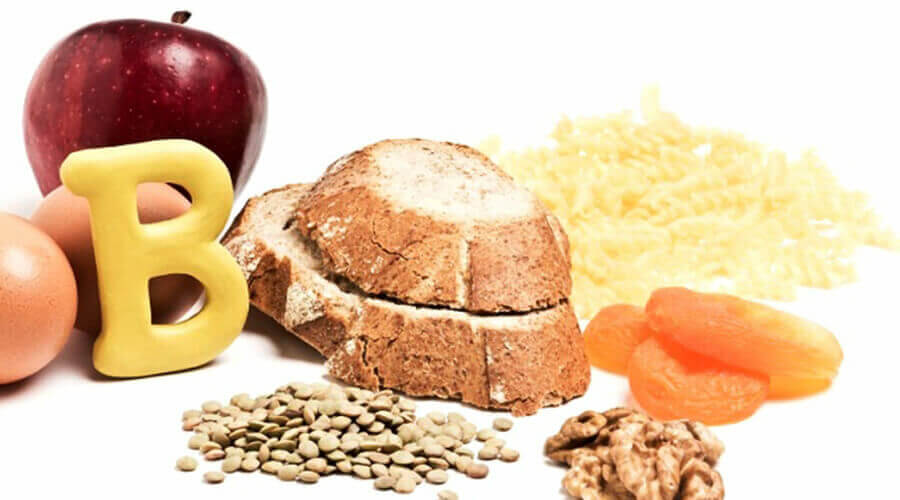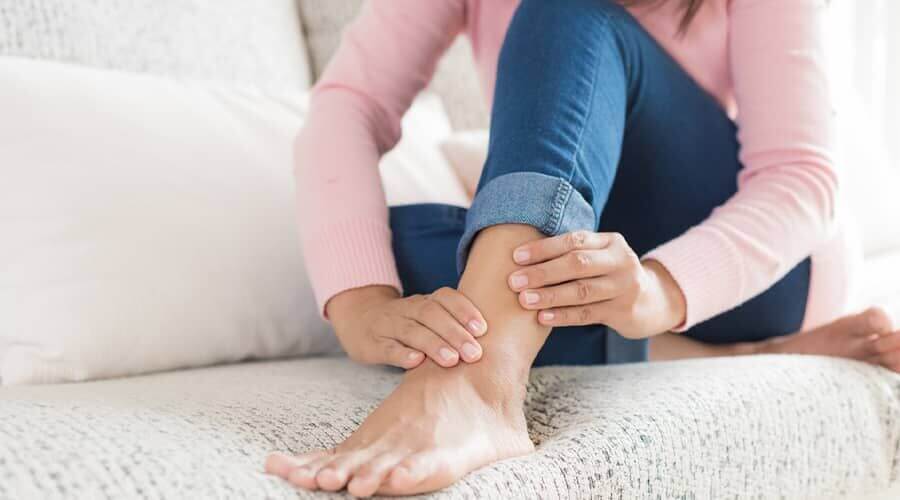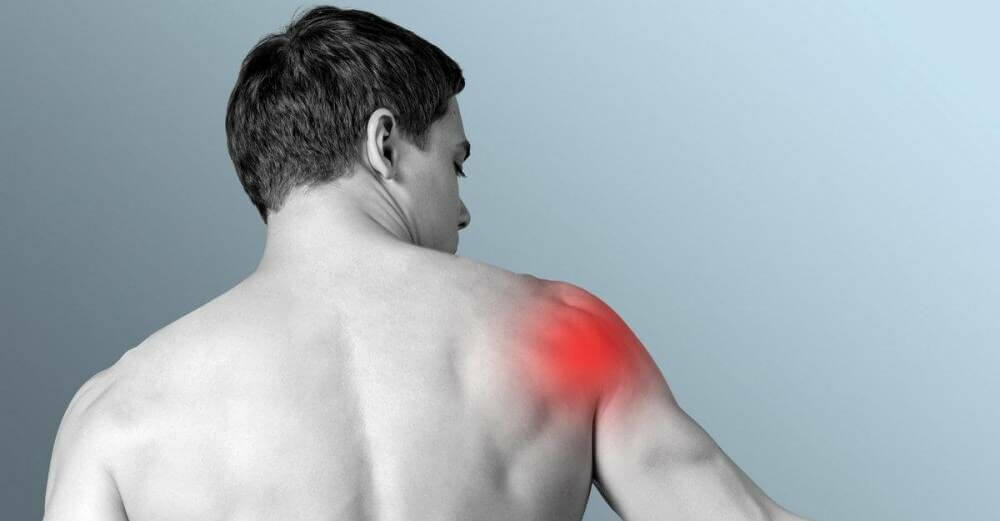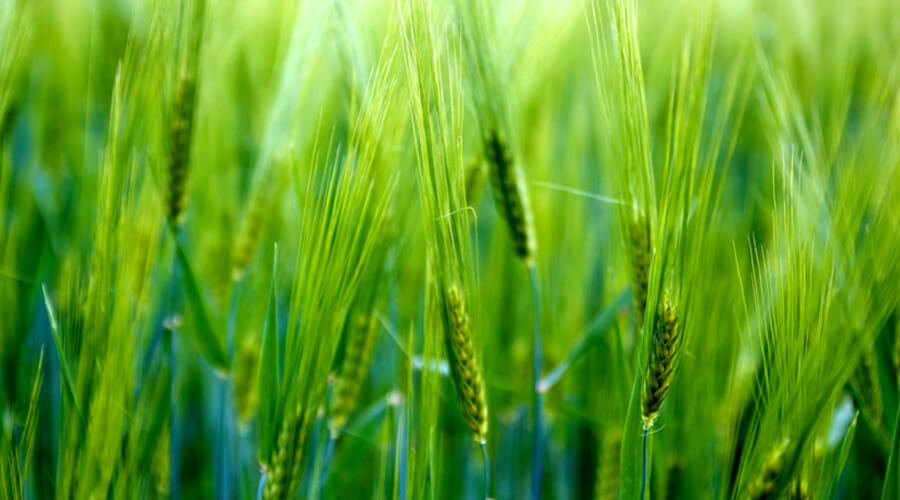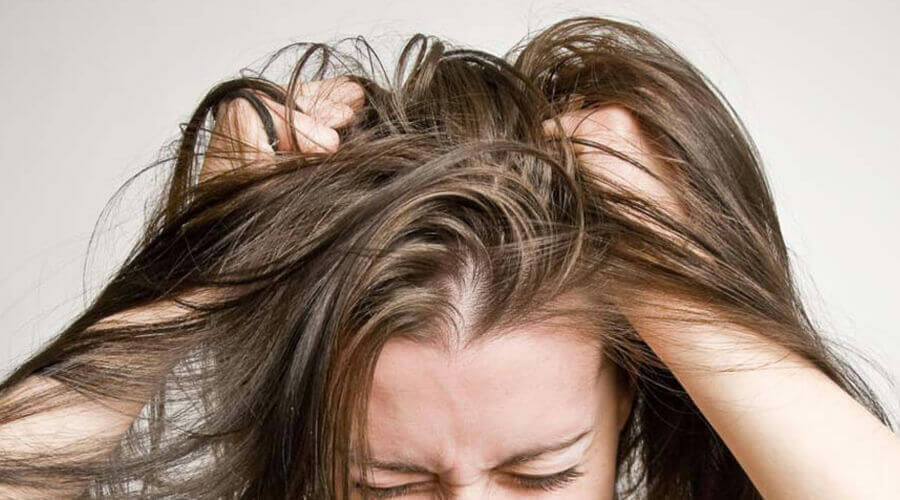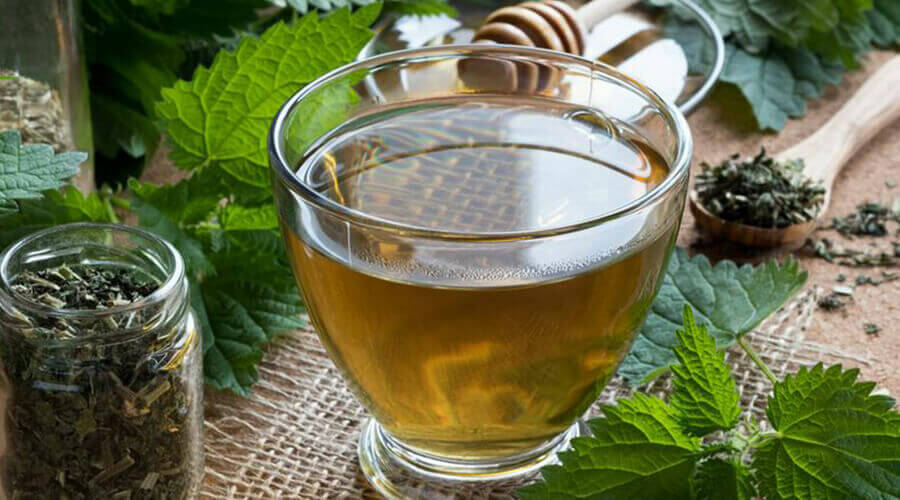
Nettles are one of the most powerful blood purifiers, and are a staple of cleanses and fasts.
Nettles are probably one of the oldest medicinal plants on Earth. The effects of nettle tea are manifested in several preparations as it is a fairly universal herb. Not only can the tea be drunk, but it also makes a great poultice.
What is nettle tea good for?
One of the frequently asked questions is what nettle leaf tea is good for and how to consume it. There are many positive effects, but not everyone is aware of them. It is worth being aware of these. In order to do this, we will now present some of them.
We show the benefits of nettle tea
– Nettle tea is a stimulant, rich in minerals and vitamins. It contains vitamins B2, C and K, as well as phosphates, amino acids and folic acid. Nettle tea is also used to reduce high blood pressure and to treat hair loss.
– It has a powerful detoxifying and blood cleansing effect and speeds up the elimination of toxins from the body’s metabolism. It can also provide relief from flatulence, as it is also known to have a diuretic effect. So for those of you asking the question, “Is nettle tea a diuretic?” the answer is yes. It also has antiseptic and germicidal properties. Nettle tea can also be used to treat fever and anaemia.
– It also improves circulation and reduces blood uric acid levels. Nettle tea can be used to treat gout, arthritis and rheumatism. It also has a role in beauty care as it has astringent properties, so its leaves can be used for facial steaming. The face cream made from it is an excellent skin cleanser. It is particularly good for oily skin.
– Nettle leaf tea can have a positive effect on prostate problems, but it is sufficient to drink 1 cup a day in the morning. If you are constipated, you should drink 1 cup in the evening. Nettle tea is also recommended for liver and biliary problems because of its great cleansing effect. Nettle leaves can also make an excellent nettle juice. Just squeeze the juice from the fresh leaves with a juicer and mix it with a glass of water. This can be effective for eczema and psoriasis.
– Nettle tea also has a very positive effect on blood pressure. It also strengthens the immune system and is very rich in vitamins and minerals. In addition to tea, it can also be made into a decoction. The potassium, vitamin C and magnesium it contains make it so important for people with high blood pressure. It is definitely worth a try if you have the same problem.
Collecting nettles
The best time to collect nettles is in the spring and early summer months when the plant is fresh and green. The optimum period is before the plant flowers, when the leaves are at their fullest. It can also be collected in autumn, but the leaves are less aromatic and green.
-Choose fresh, green leaves.
-Wash them to remove dust, dirt and insects.
-Cut the leaves off the stem.
-Dry the leaves or freeze them for use in tea.
-Boil the water and add the nettle leaves.
-Leave to stand for 5-10 minutes, then strain.
-The nettle tea is ready to drink.
Let’s see how fresh nettle tea is made:
Pour 2 teaspoons of chopped nettle leaves per cup into 1.5 dl of boiling water, leave to stand for about 10 minutes and then strain.
How to drink nettle tea when used for urinary complaints?
For cleansing the urinary tract, it is recommended to drink 3-5 cups a day, as hot as possible. Nettle tea can be taken continuously for up to six months, but do not exceed the daily amount. Important: if you have reduced heart or kidney function, do not drink nettle tea. It is also worth mentioning that although different qualities of nettle tea are available on the market, drinking filtered nettle tea has similar beneficial effects.
But what else is nettle tea good for?
This is a fair question, as it can be used externally in many ways. For throat inflammation in the evening, gargling with it several times a day can be very effective. If you use it as a sitz bath, it can also be very good for hemorrhoids and rheumatic problems. It can also be made into a poultice which is great for skin rashes. You can also use it as a conditioner to prevent hair loss and dandruff. The silica in it strengthens hair follicles, nails and connective tissues. Its fresh leaves can also be used to steam acne-prone skin. The fresh juice is also very useful for insect bites and to soothe itching.
Consumption i.e. when to drink nettle tea:
The daily dose of nettle tea depends on the problem you are using it for.
– To hydrate, take a cup in the morning and a cup before meals.
– For urinary tract cleansing, drink 2 cups a day between meals for 10 days.
– For fever relief, take 2-3 cups a day
– For stomach and intestinal inflammation, 3-4 cups per day to reduce inflammation.
– For prostate enlargement, 1 cup per day, preferably in the morning.
– If used for constipation, 1 cup in the evening.
– For improving your digestion, 1 cup every morning for 1 month.
– For liver as well as gallbladder problems, 1 cup in the morning on an empty stomach and 1 cup every other day for 1 month.
– For liver problems, 1 cup every day for 1 week.
Besides the great effects, you should also be aware of the harmful effects of nettle tea! These can be side effects of nettle tea:
– It is not recommended during pregnancy as it can cause uterine contractions and even lead to miscarriage.
– It lowers blood sugar levels somewhat and can even bring them too low in diabetic patients, so it is important for diabetics to check their blood sugar levels whenever they drink nettle tea.
– For those who are sensitive to it, it can also lower blood pressure too much.
– For those with kidney problems, the diuretic effect may even be a problem.
– The high vitamin K content may even reduce the effect of anti-coagulant drugs (warfarin).
Nettle tea is not at all suitable to relieve oedema caused by heart failure. We mentioned above that it is good for high blood pressure, but be sure to check with your doctor first because it may conflict with some antihypertensive medications and make things worse. It is also not suitable to consume in case of haemoptysis or acute urinary retention.
The nettle tea cure is recommended for pre-existing conditions for 6 weeks, up to a maximum of 1 litre every day. This is one of the simplest and most effective cures.
Can nettle tea be used to treat gout?
Nettle tea stimulates the kidneys to excrete more water, thus reducing blood levels of uric acid. This makes it an effective treatment for rheumatic diseases, arthritis and gout.


